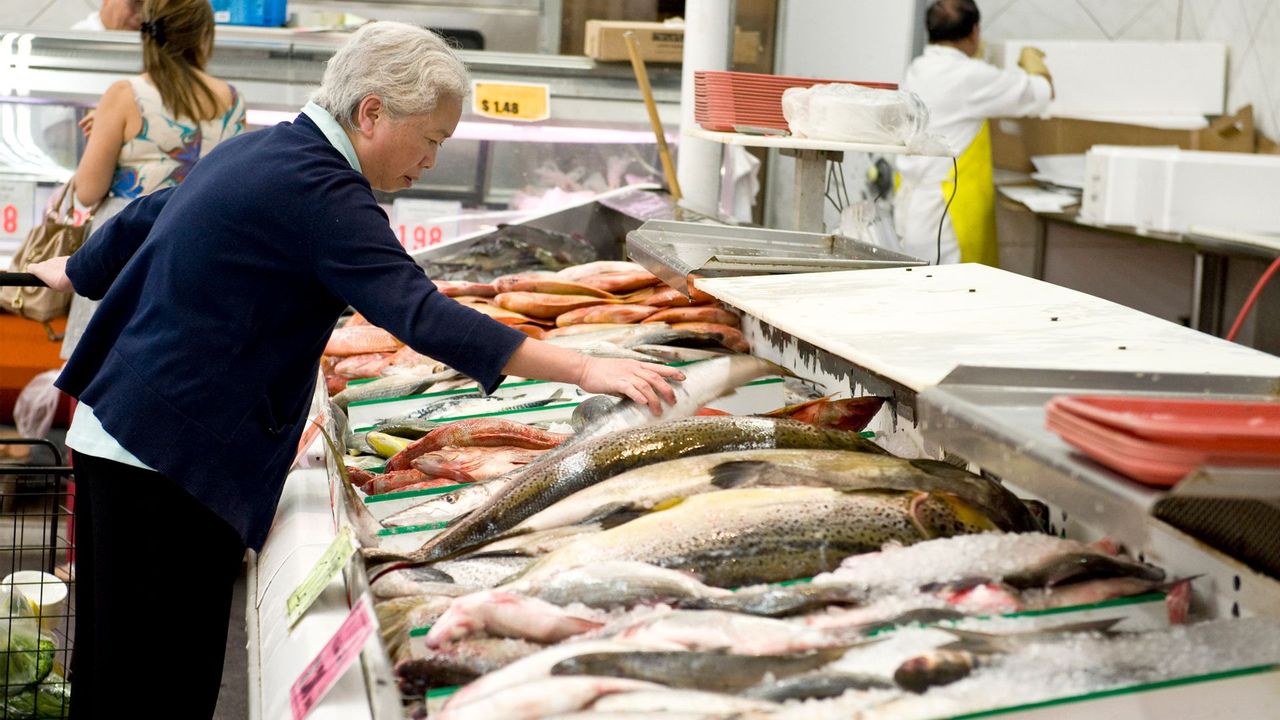
Chamberlains of London – The Best Sustainable Seafood Choices can help protect the planet. Seafood is a delicious and healthy source of protein for many. However, unsustainable fishing practices can damage marine ecosystems and harm fish populations. By choosing sustainable seafood, we can support healthier oceans and safeguard marine life. In this article, we explore the best sustainable seafood options that help protect the environment.
Sustainable seafood is caught or farmed in ways that minimize environmental impact. It comes from well-managed fisheries or farms that prioritize long-term health. Sustainable practices involve reducing overfishing, avoiding habitat destruction, and protecting biodiversity. To make eco-friendly seafood choices, it’s essential to understand which seafood is sustainably sourced and which practices should be avoided.
“Read about: Exploring the Flavors of Spain: A Review of Barrafina, London”
The sustainability of seafood often depends on whether it’s wild-caught or farmed. Wild-caught seafood is sustainable when harvested using responsible methods. For example, some fishing methods, like longlining or trawling, can harm the ocean floor or result in bycatch. On the other hand, farmed seafood can be a more sustainable option when farms follow responsible practices. It’s important to research how the seafood is farmed to ensure minimal environmental damage.
Farmed salmon can be sustainable when sourced from certified farms. The Aquaculture Stewardship Council (ASC) certification guarantees the farm follows strict environmental and social standards. ASC-certified farms reduce waste, use responsible feed, and prioritize healthy fish environments. Choosing ASC-certified farmed salmon ensures minimal environmental harm and supports ethical farming practices.
Sardines are an excellent sustainable choice. They reproduce quickly and are abundant in the ocean, making them a low-impact seafood option. Sardines are usually caught with purse seines, a method that minimizes harm to other marine species. Since sardines are also an important part of marine food chains, they are a healthy choice for the environment.
Mussels and oysters are some of the most sustainable seafood options available. They are filter feeders, meaning they clean the water as they feed. Mussel and oyster farming also have a minimal environmental footprint compared to other types of aquaculture. These shellfish are farmed without the need for feed and don’t pollute the water. Additionally, mussels and oysters provide essential habitat for other marine life.
Alaskan Pollock is another sustainable seafood option. It’s caught using methods that help maintain fish populations and minimize damage to the ecosystem. Alaskan Pollock fisheries are well-regulated, ensuring that fishing practices are responsible. As a result, this fish has become one of the most popular sustainable seafood choices globally.
“Read more: Dinner by Heston Blumenthal, London: Classic Dishes Reimagined”
Trout is another farmed fish that can be sustainable if sourced from certified farms. The Best Aquaculture Practices (BAP) certification ensures that trout farms meet environmental, social, and animal welfare standards. These farms minimize pollution, use responsible feed, and protect surrounding ecosystems. When choosing farmed trout, look for the BAP logo to ensure a sustainable product.
Scallops are often sustainably harvested using a method called “divine harvesting.” This method involves hand-harvesting scallops from the ocean floor, causing minimal damage to the environment. It’s an eco-friendly practice that allows the ocean’s ecosystem to remain intact. When you buy scallops, make sure they come from a sustainably managed fishery.
While many shrimp farms have harmful environmental impacts, some are certified as sustainable. Look for shrimp that has the Aquaculture Stewardship Council (ASC) certification. This ensures the shrimp is farmed in a way that protects water quality, supports worker welfare, and reduces environmental harm. ASC-certified shrimp is a great sustainable option for those who love seafood.
Crabs are another sustainable seafood option, especially if they are caught using sustainable practices. Many fisheries now follow strict guidelines to ensure that crab populations are maintained. Some crab farms also adhere to sustainable farming practices, making farmed crabs an eco-friendly option. Always look for certification labels to confirm that the crab is sustainably sourced.
Sustainable seafood helps maintain healthy ocean ecosystems. Unsustainable practices, such as overfishing and habitat destruction, lead to depleted fish stocks and damage to marine life. Choosing sustainable options ensures fish populations thrive, protects biodiversity, and reduces the environmental impact of fishing and farming practices. By making these choices, we contribute to healthier oceans and better long-term food security.
When buying seafood, always check for sustainability certifications like ASC, MSC, or BAP. These labels ensure that the seafood comes from sources that prioritize environmental protection and responsible practices. You can also support local fisheries and small-scale farmers who use sustainable methods. Educating yourself about sustainable seafood helps make informed choices that benefit both you and the planet.